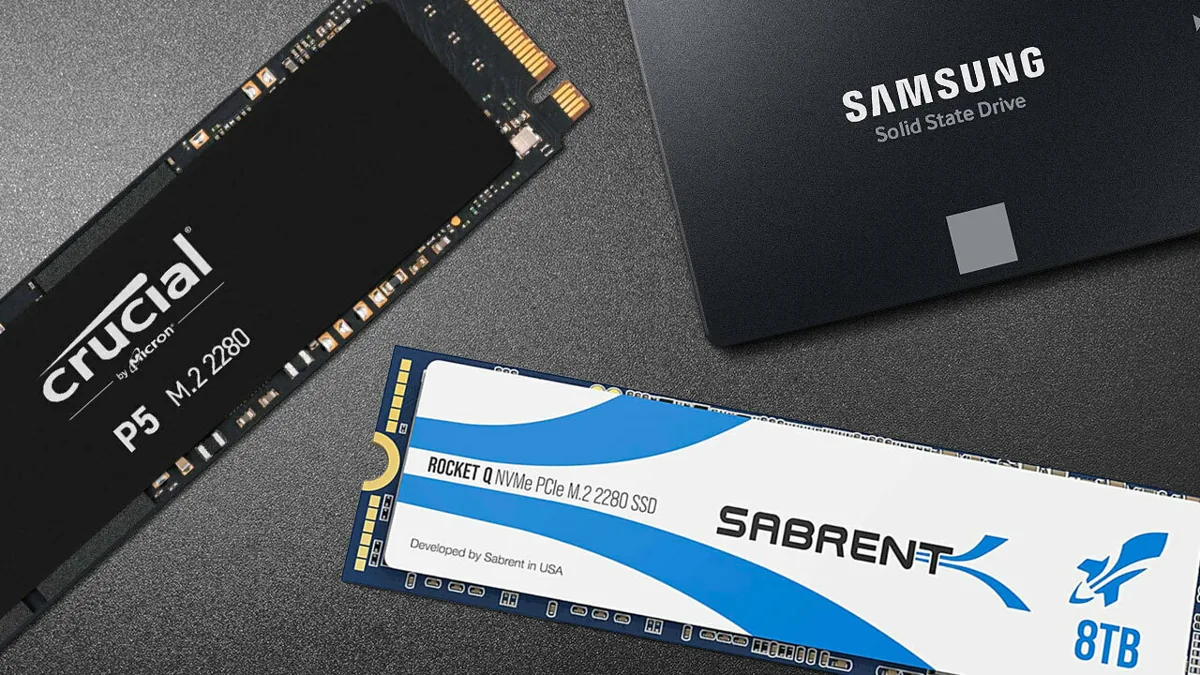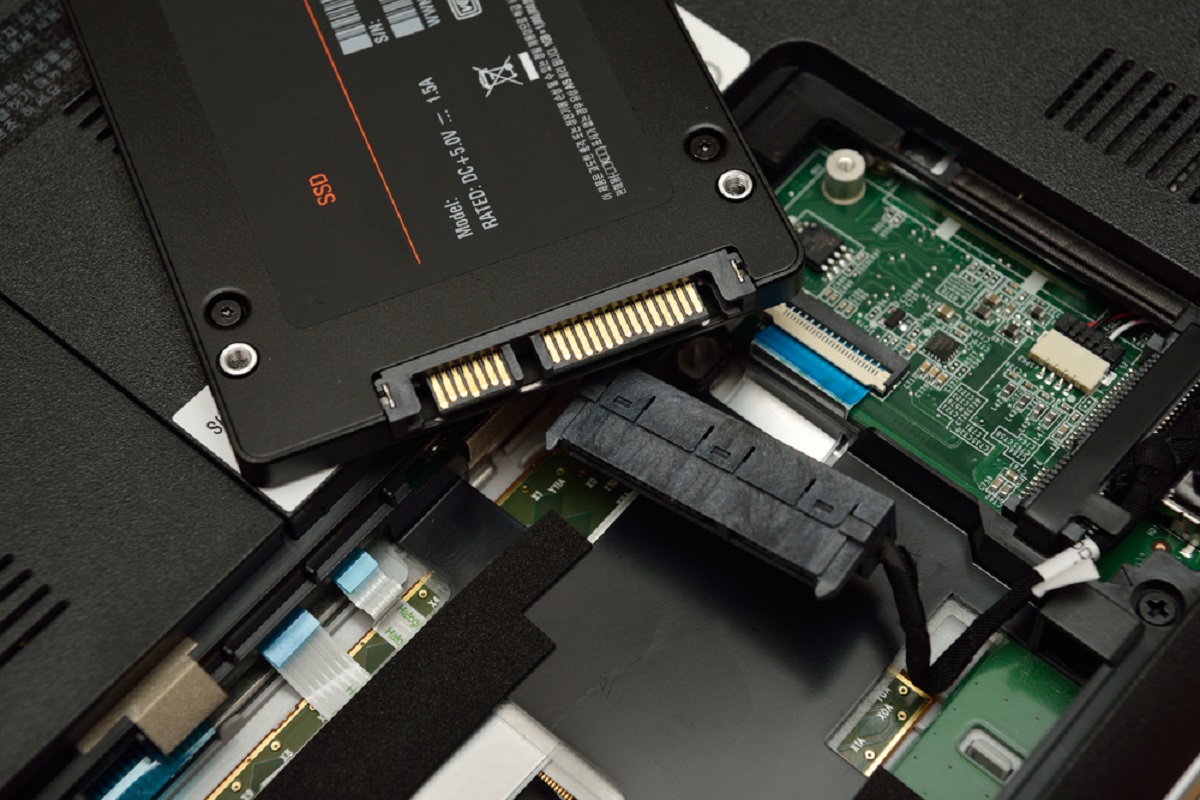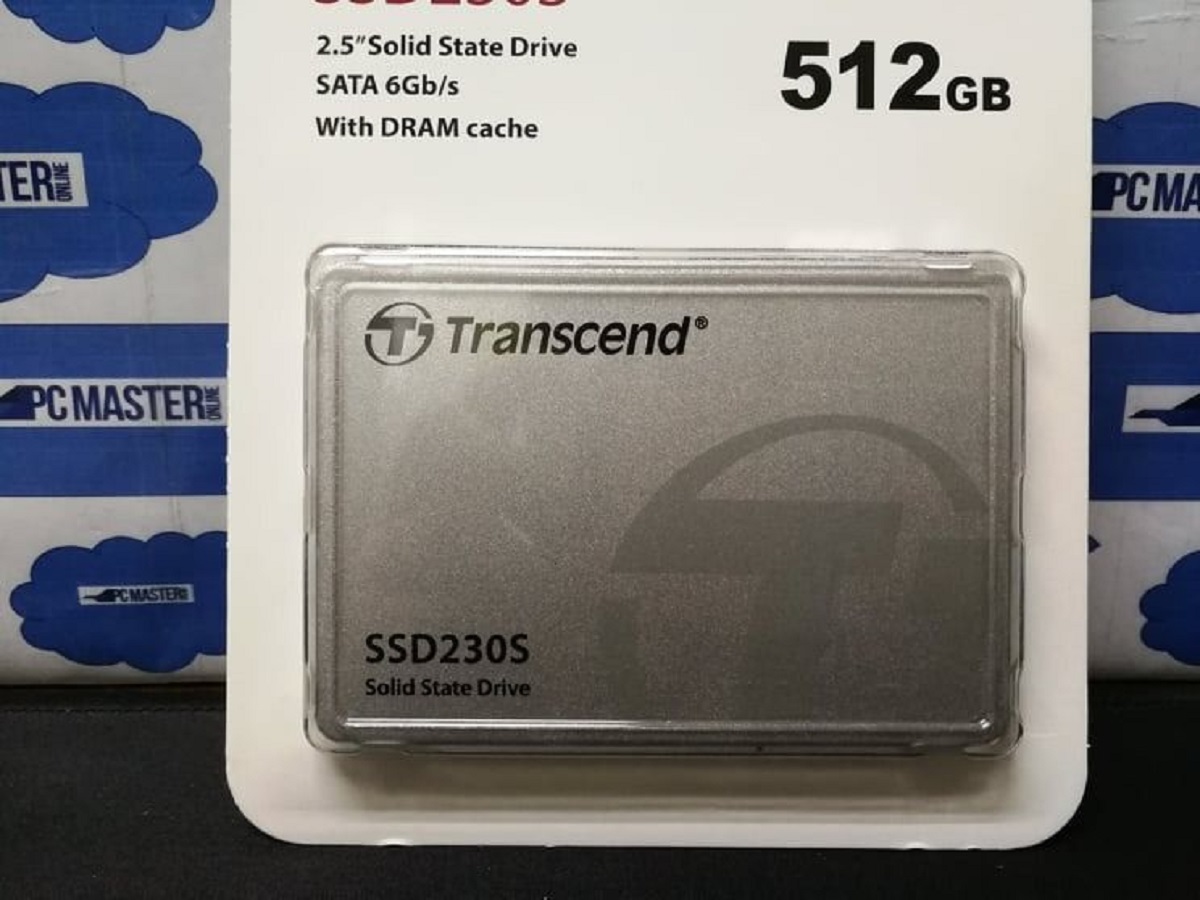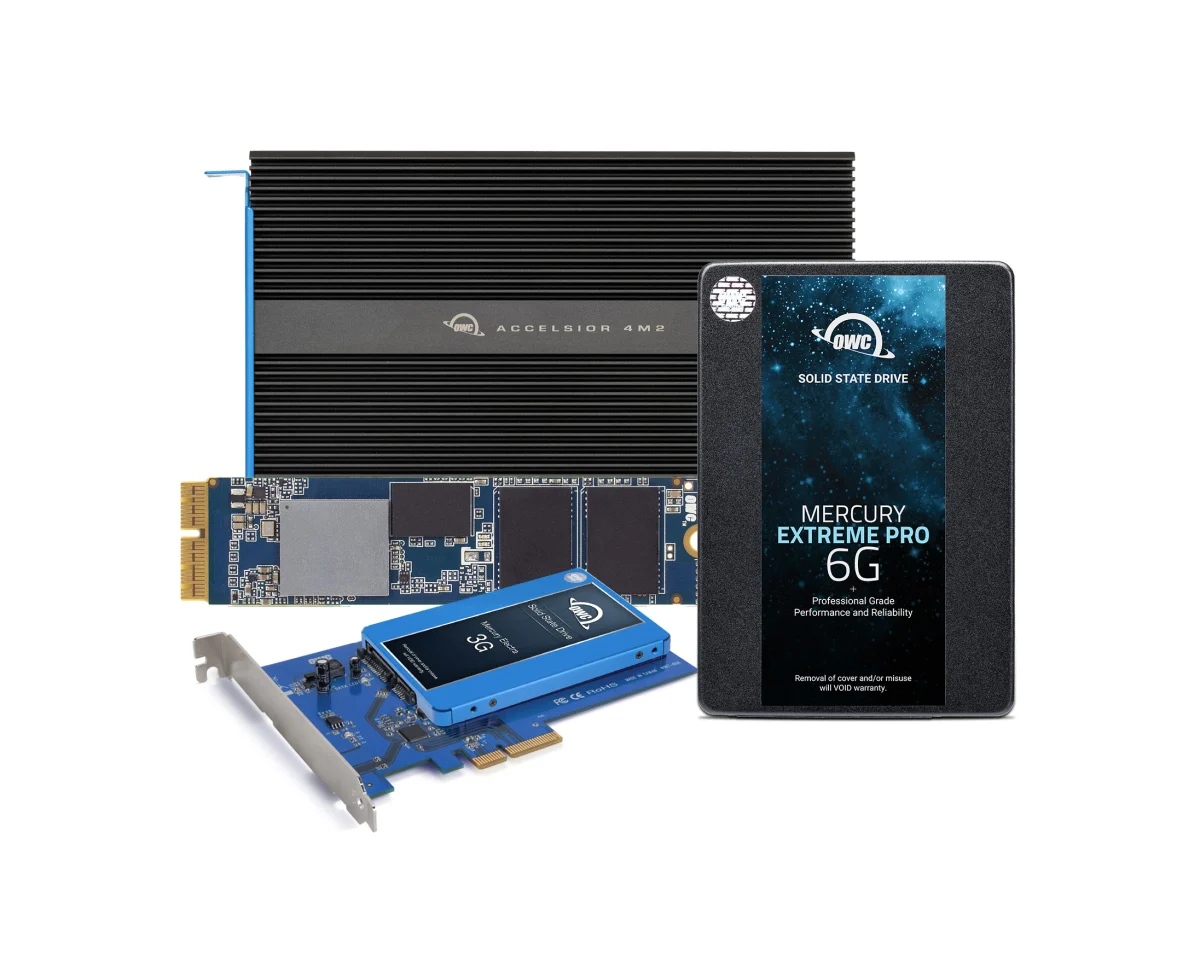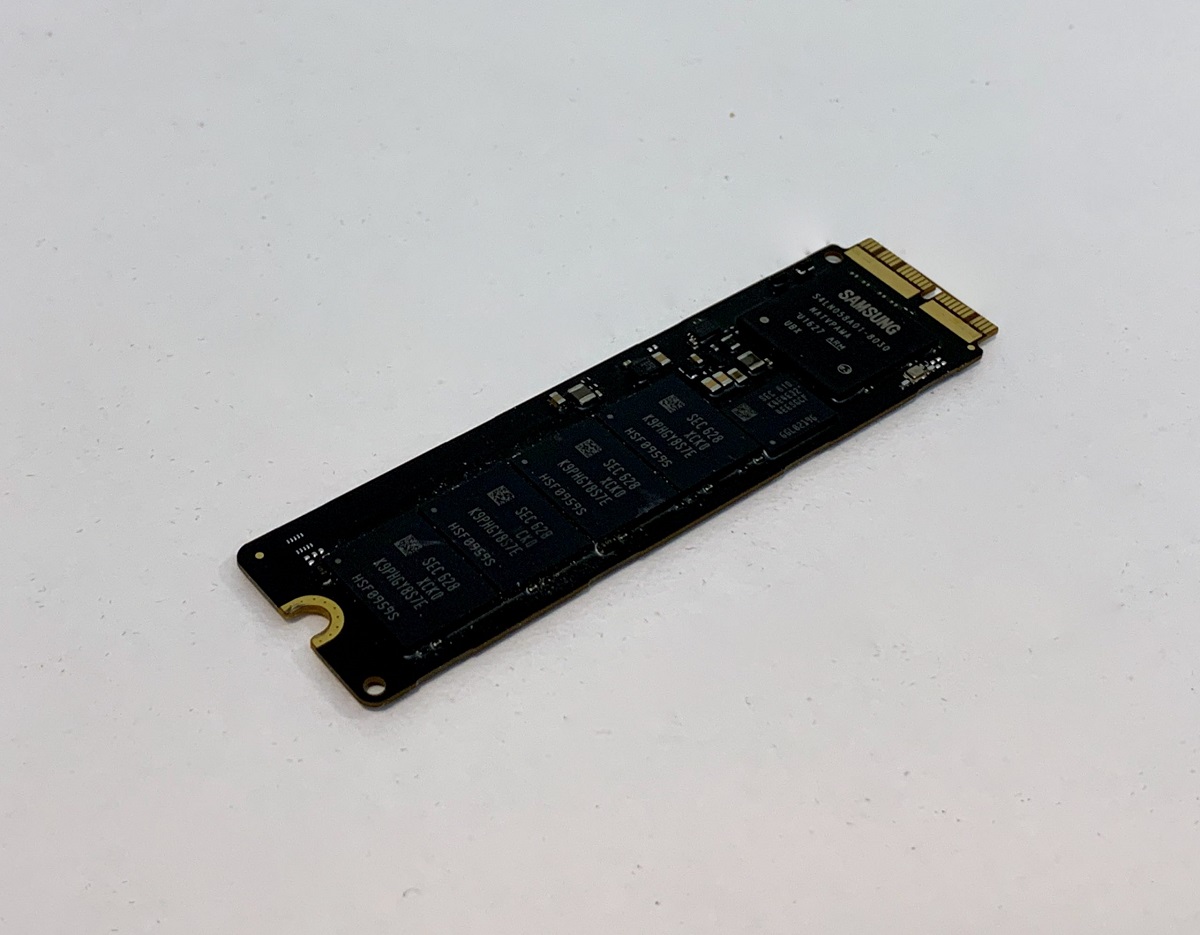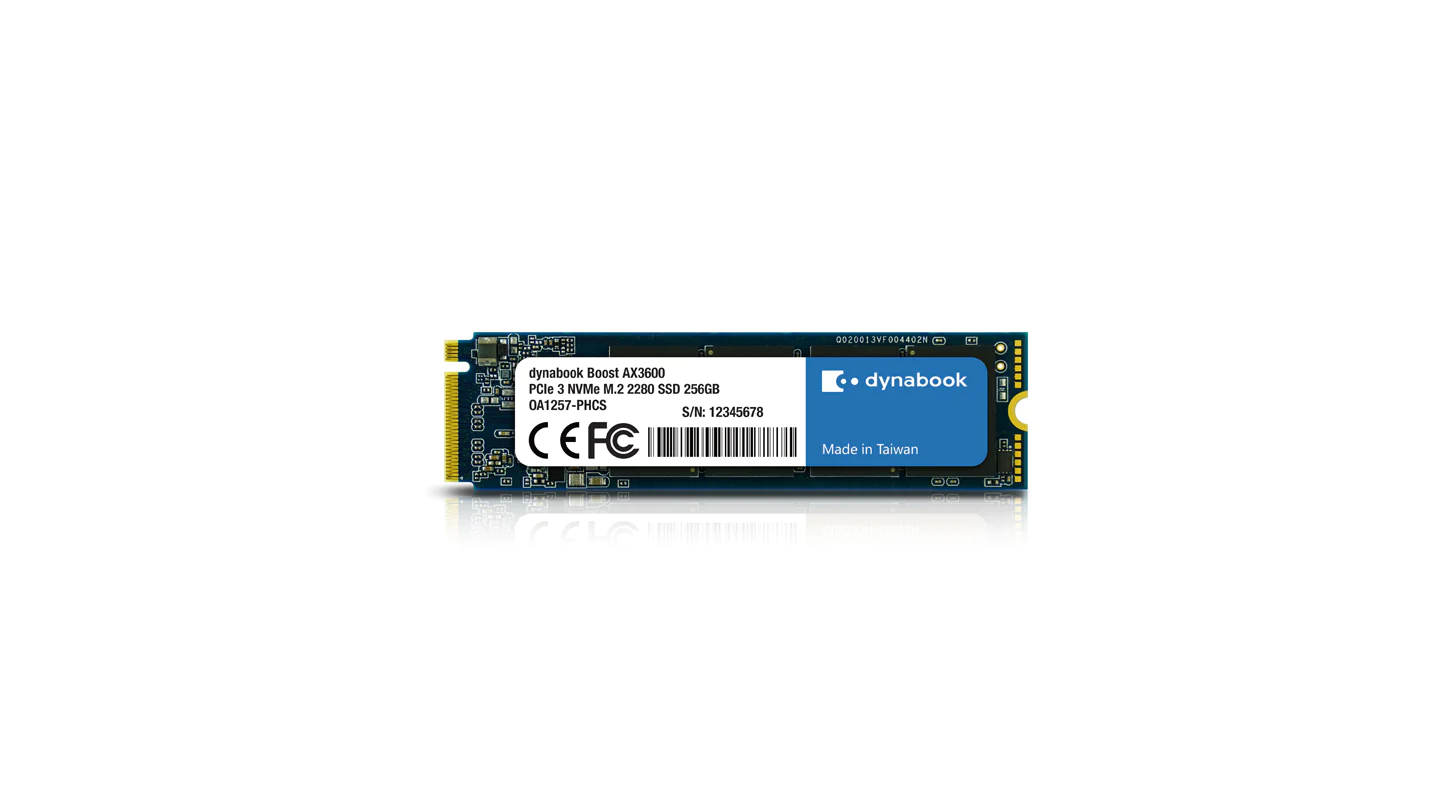Introduction
When it comes to determining the specific type of SSD (Solid State Drive) installed in your computer, there are several methods you can use. Whether you’re curious about the make and model for upgrade purposes or simply want to gather information about your system specifications, knowing what SSD you have is essential. Identifying the SSD can also be helpful for troubleshooting, ensuring compatibility with software, or seeking support from the manufacturer.
In this article, we will guide you through the various ways to find out what SSD you have. We’ll explore both physical and software methods that work on different operating systems, including Windows and Mac. By following these steps, you’ll be able to discover the specific details about your SSD, such as the brand, model number, and storage capacity.
Whether you’re a tech enthusiast, a professional needing accurate information, or a user looking to upgrade your storage, understanding how to identify your SSD can prove beneficial. So, let’s dive into the different approaches you can take to find out what SSD you have.
Checking the Physical SSD
If you have physical access to your computer, one of the easiest ways to find out what SSD you have is by examining the device itself. Here’s how you can do it:
- Power off your computer and unplug it from the power source.
- Open the computer case or remove the laptop’s back panel, depending on the type of device you have.
- Locate the solid-state drive, which is typically a rectangular-shaped device with a circuit board inside.
- Look for any labels, stickers, or markings on the SSD. These may provide information about the brand, model number, and capacity.
If you find any identifying information on the SSD, take note of it. You can then further investigate using this information to find out more about your SSD online.
It’s worth noting that while physically inspecting the SSD can provide some details, it may not always give you all the information you need. In some cases, the stickers may have worn off or the required details may not be visible. Additionally, laptops with soldered or integrated SSDs may not offer easy access for inspection. In such cases, you will need to explore alternative methods to identify your SSD.
Checking the Device Manager on Windows
Windows provides a built-in tool called Device Manager that allows you to view and manage all the hardware devices connected to your computer. The Device Manager can be a useful tool for identifying your SSD. Here’s how you can access it:
- Press the Windows key + X on your keyboard and select “Device Manager” from the menu that appears. Alternatively, you can right-click on the Start button and choose “Device Manager” from the list.
- In the Device Manager window, locate and expand the category labeled “Disk drives.”
- You should see your SSD listed under the Disk drives category. The SSD might have a descriptive name or a model number displayed.
- Double-click on the SSD to view its properties. From the “Details” tab, choose “Hardware Ids” from the Property dropdown menu. You can note down the information displayed, which usually includes the manufacturer and device ID.
By checking the Device Manager, you can gather crucial details about your SSD, including the manufacturer and potentially the model number. This information can be valuable when researching or seeking support for your SSD.
In some cases, the SSD may be listed under a different category, such as “Storage controllers” or “Universal Serial Bus controllers.” If you can’t find the SSD under “Disk drives,” try checking these categories as well.
It’s important to mention that if your SSD is not properly installed or not recognized by your computer, it may not appear in the Device Manager. In such situations, you may need to troubleshoot the connection or seek assistance from technical support.
Using the Disk Utility on Mac
If you’re using a Mac, you can use the built-in Disk Utility tool to determine the details of your SSD. Disk Utility is a powerful application that allows you to manage and troubleshoot storage devices on macOS. Follow the steps below to check your SSD using Disk Utility:
- Open Finder by clicking on the Finder icon in the Dock.
- Go to the “Applications” folder and open the “Utilities” folder.
- Launch the “Disk Utility” application.
- In the Disk Utility window, locate your SSD in the left sidebar. It should be listed under the “Internal” or “External” category, depending on the connection type.
- Select the SSD, and you’ll see a range of information displayed on the right-hand side. This includes the manufacturer, capacity, and the model number of your SSD.
Take note of the details provided in the Disk Utility, as they will help you identify your SSD accurately. You can use this information to compare specifications, search for firmware updates, or seek support from the manufacturer if needed.
If the SSD is not visible in the Disk Utility, it may indicate a connection issue or a problem with the drive itself. In such cases, you may want to check the physical connections or consult technical support for further assistance.
It’s important to note that the Disk Utility can also perform various disk management tasks, such as formatting, partitioning, and repairing drives. However, exercise caution when using these functionalities, as they can result in permanent data loss if not used correctly.
Checking the BIOS/UEFI Settings
Another method to determine the type of SSD installed on your computer is by accessing the BIOS (Basic Input/Output System) or UEFI (Unified Extensible Firmware Interface) settings. The BIOS/UEFI is responsible for managing the hardware and system configuration of your computer. Here’s how you can check your SSD through the BIOS/UEFI:
- Restart your computer and access the BIOS/UEFI settings. The key to enter the BIOS/UEFI may vary depending on your computer manufacturer. Common keys include F2, Del, Esc, or F10. Check your computer’s documentation or look for on-screen prompts during startup.
- In the BIOS/UEFI settings, navigate to the “Storage” or “Drives” section. The exact location and terminology may differ slightly based on your computer’s manufacturer and BIOS/UEFI version.
- Look for the SSD information displayed in the list of storage devices. The details may include the manufacturer, model number, and capacity of your SSD.
- Take note of the information provided in the BIOS/UEFI settings, as it can be useful for further research, troubleshooting, or when seeking support.
It’s worth mentioning that accessing the BIOS/UEFI settings requires caution as any improper changes can affect system stability and functionality. It’s recommended to only observe and gather information rather than making any modifications unless you are well-versed in BIOS/UEFI settings.
If your computer uses UEFI instead of the traditional BIOS, the process may look slightly different. However, the principle remains the same – navigate to the storage section to find information about your SSD.
In some cases, the BIOS/UEFI may not provide detailed information about the SSD, such as the model number. If this happens, you can still gather basic information about the connected storage devices, which can be helpful in identifying the SSD and its manufacturer.
Using a System Information Tool
If you prefer a software-based approach, using a system information tool can provide detailed information about the hardware components, including your SSD. These tools collect and present a comprehensive overview of your system’s specifications. Here’s how you can use a system information tool to find out what SSD you have:
- Search for and download a reliable system information tool. There are several options available, such as CPU-Z, Speccy, and HWiNFO.
- Install and launch the system information tool on your computer.
- Navigate to the storage or disk information section within the tool.
- Look for the SSD details, including the manufacturer, model number, capacity, and other relevant information. This can typically be found under the storage or disk drive section.
- Note down the information provided by the system information tool for future reference or research purposes.
System information tools provide a comprehensive and detailed overview of your hardware components, allowing you to identify the specific make and model of your SSD quickly. These tools can also provide other system specifications, such as your processor, RAM, and graphics card, all in one place. This makes them valuable for troubleshooting, system optimization, and upgrade planning.
It’s important to note that different system information tools may have different interfaces and organization of information. You may need to explore the tool and navigate through different tabs or sections to find the specific details about your SSD. Additionally, ensure you download the software from reputable sources to avoid malware or adware.
Using a system information tool offers a convenient and straightforward way to gather detailed information about your SSD and other hardware components. It eliminates the need for manual inspection or accessing system settings, providing a comprehensive snapshot of your system’s specifications with just a few clicks.
Checking the Manufacturer’s Website
One reliable and direct method to find out what SSD you have is by visiting the manufacturer’s website. Most SSD manufacturers provide detailed product information and support resources on their websites. Here’s how you can use the manufacturer’s website to identify your SSD:
- Identify the brand of your SSD. This information can be gathered through the methods mentioned earlier, such as physical inspection or system information tools.
- Visit the official website of the SSD manufacturer.
- Navigate to the support or product section of the website. Look for a search bar or a menu to access the SSD-related information.
- Enter the model number or the name of the SSD if you have it. Alternatively, you can browse the products and specifications section to find your SSD model.
- Explore the product page for your SSD model. Here, you will find detailed specifications, including the capacity, performance metrics, interface type, and other relevant information specific to your SSD.
Checking the manufacturer’s website gives you the most accurate and up-to-date information about your SSD. You can find specific details, such as the technology used, warranty information, and any firmware updates available for your SSD model. Additionally, the website may provide access to user manuals, compatibility guides, and support forums, which can be valuable resources for further information or troubleshooting assistance.
It’s important to note that some SSD manufacturers offer multiple product lines with various models. Make sure to select the correct model and review the specifications carefully to ensure accuracy.
If you have difficulty finding the required information on the manufacturer’s website, the support section or the contact information page can be beneficial. Reach out to the manufacturer’s support team for assistance or clarification regarding your SSD model and its specifications.
Checking the Packaging or Documentation
If you still have the original packaging or documentation that came with your computer or SSD, they can provide valuable information about the SSD you have. Here’s how you can check the packaging or documentation to find out what SSD you have:
- Search for the box, packaging, or any documentation that came with your computer or SSD.
- Look for labels, stickers, or markings on the packaging that identify the SSD. The information may include the brand, model number, and possibly the capacity.
- If you find any product documentation, such as a user manual or specifications sheet, refer to it for detailed information about the SSD.
- Check the warranty information or any registration cards that may provide details about the SSD.
- If you have an invoice or receipt from the purchase of your computer or SSD, it may include the SSD model or serial number.
Checking the packaging or documentation is an effective method, particularly if you have recently purchased the SSD. The information provided on the packaging or documentation is likely to be accurate and specific to the exact model you own.
If you no longer have the packaging or documentation, or if the information is not clearly stated, you can use other methods mentioned earlier to identify your SSD, such as physical inspection, system information tools, or checking the manufacturer’s website.
It’s important to note that if you’ve made any upgrades or changes to your computer, the original packaging or documentation may no longer reflect the SSD currently installed. In such cases, rely on alternative methods to determine the SSD model and specifications.
Lastly, storing or organizing the packaging and documentation for your computer or SSD can prove valuable for future reference, warranty claims, or when seeking support from manufacturers.
Conclusion
Finding out what SSD you have is crucial for various reasons, from compatibility and troubleshooting to upgrading or seeking support. By following the methods outlined in this article, you can easily identify the make, model, and other specifications of your SSD.
Start by physically inspecting your computer or laptop to locate any labels or markings on the SSD itself. This can provide immediate information about the brand and potentially the model. If that’s not feasible or inconclusive, move on to software-based methods.
Utilize the Device Manager on Windows or the Disk Utility on Mac to view the details of your SSD. These built-in tools can display crucial information, such as the manufacturer and model number. Additionally, checking the BIOS/UEFI settings can reveal further information about your SSD, especially if you want to access more technical details.
Consider using system information tools to gather a comprehensive overview of your system, including the specifics of your SSD. These applications provide detailed information about hardware components and eliminate the need for manual inspection or configuration settings.
If you prefer a more direct approach, visit the website of your SSD manufacturer. Explore the support or product section to search for your SSD model and access detailed specifications, firmware updates, and other relevant information provided by the manufacturer.
Lastly, if you have the original packaging or documentation, they may contain valuable information. Check for labels, stickers, or product documentation that identify your SSD’s make and model. This information can be useful if you’ve recently purchased your computer or SSD.
Remember that combining multiple methods will give you the most accurate and comprehensive information about your SSD. By knowing the specifics of your SSD, you can make informed decisions regarding potential upgrades, troubleshooting, or seeking support from the manufacturer.







